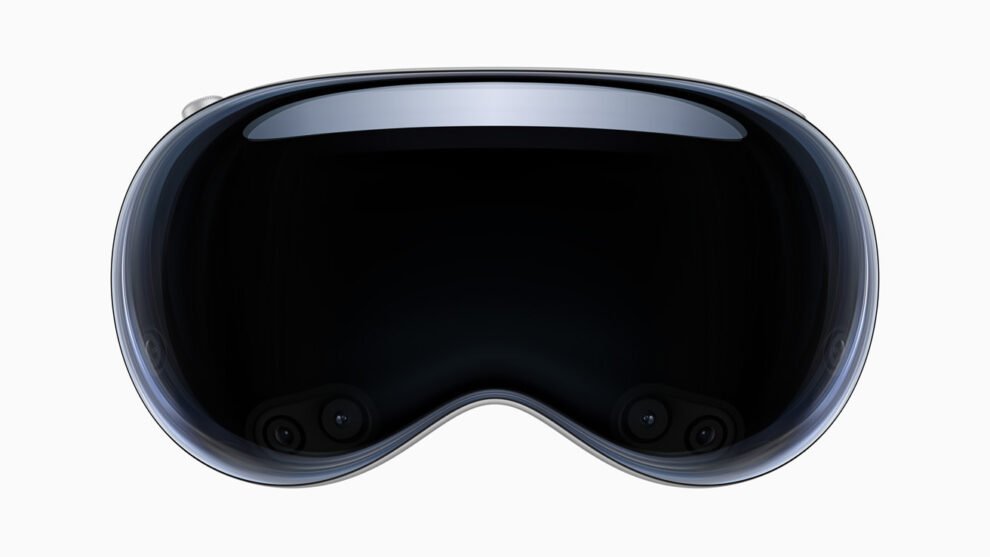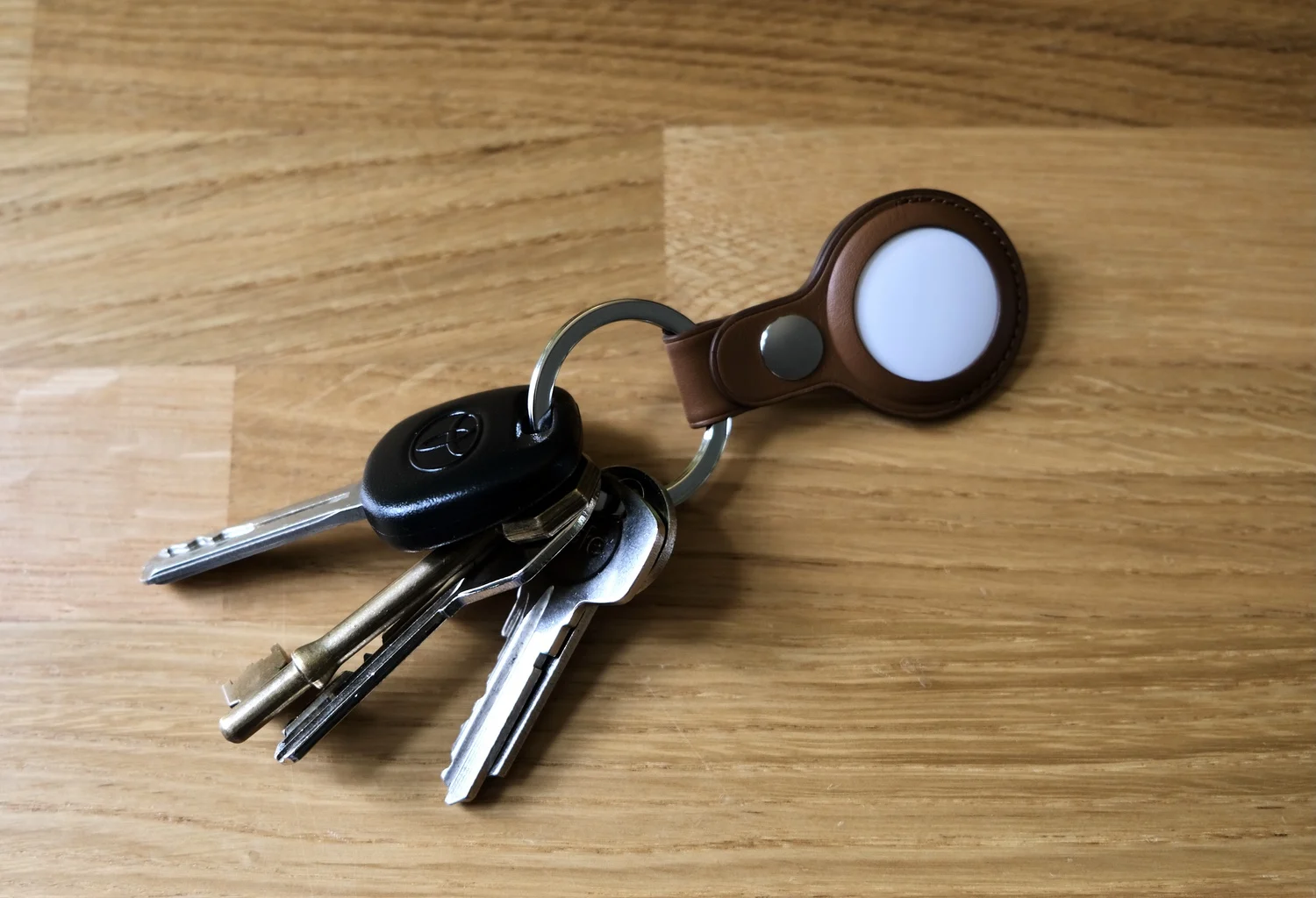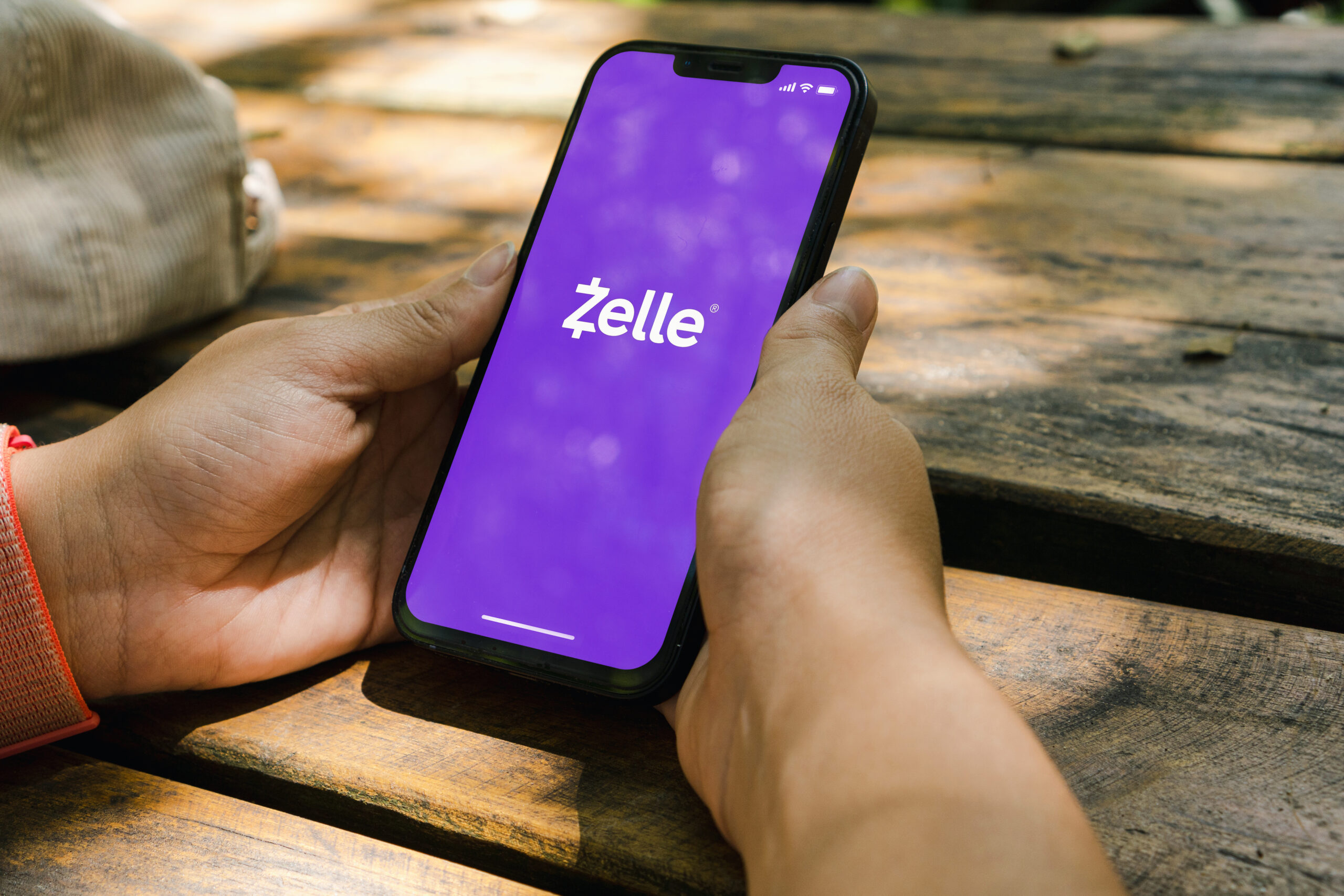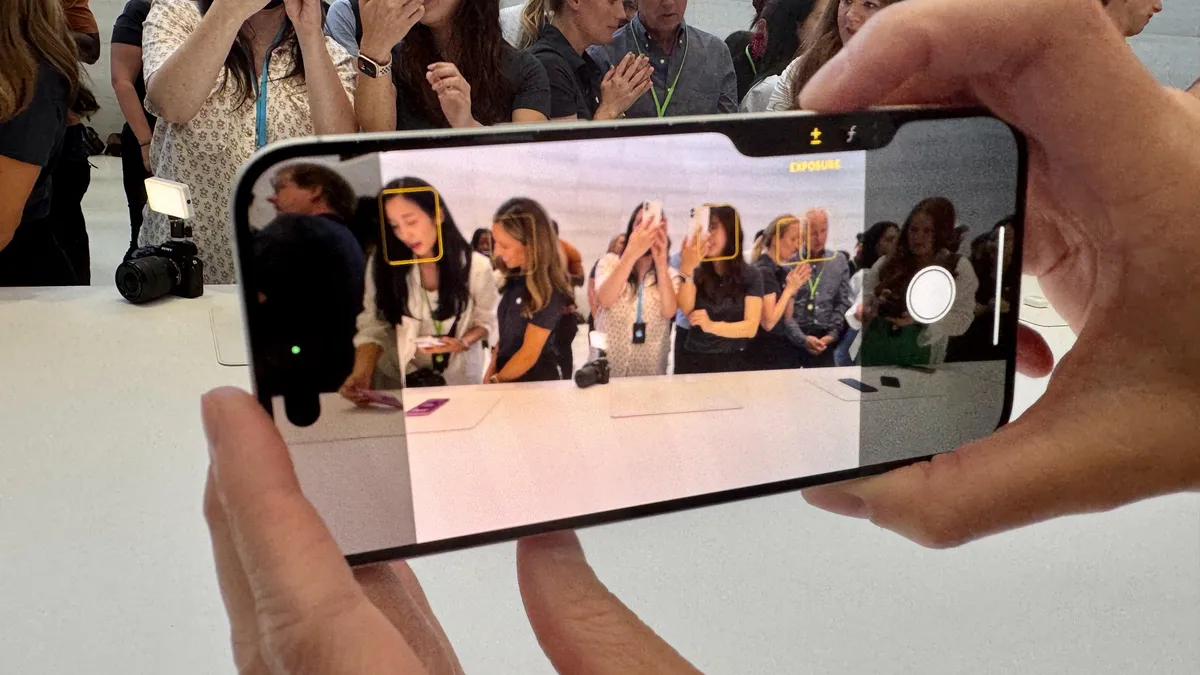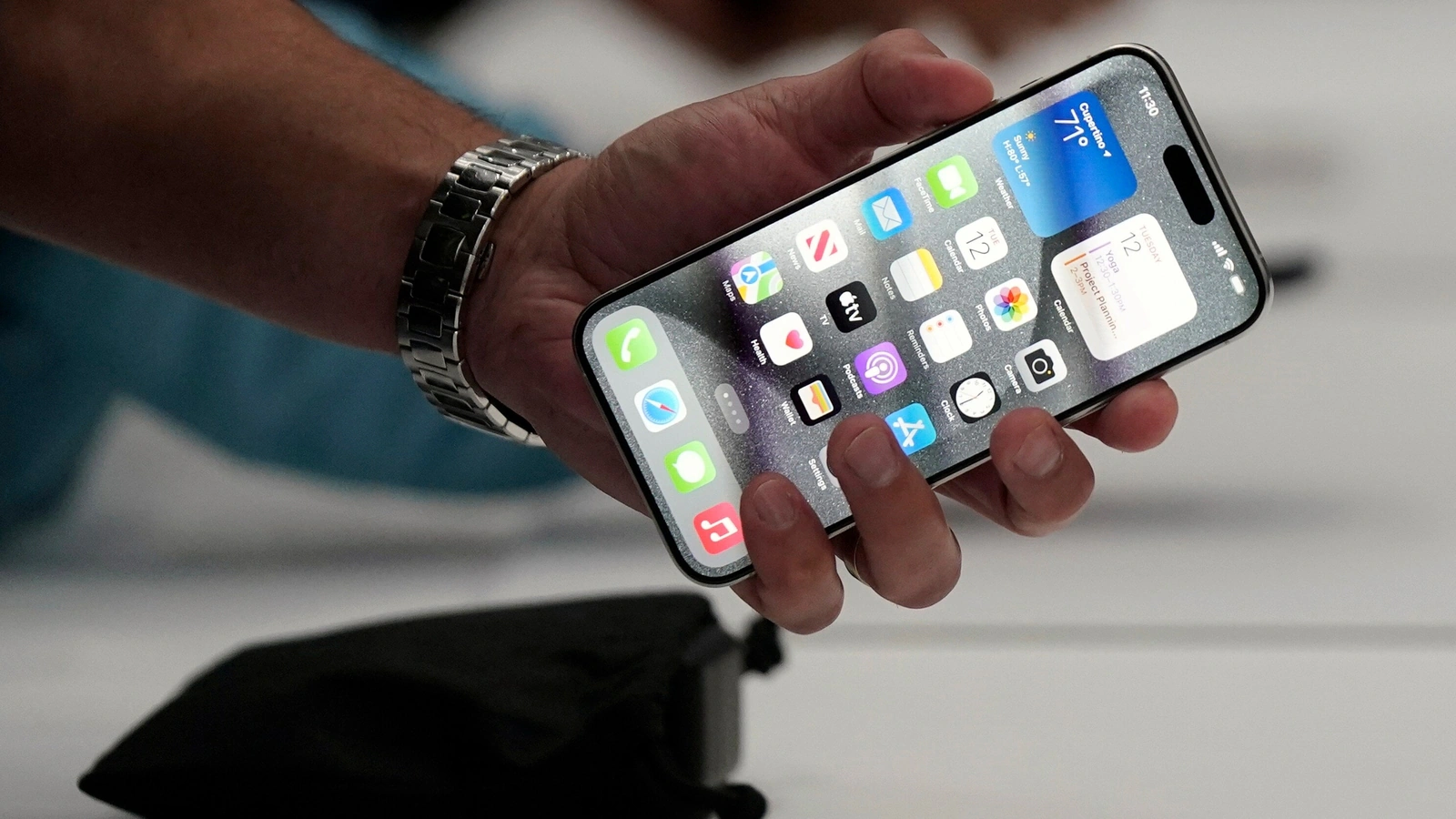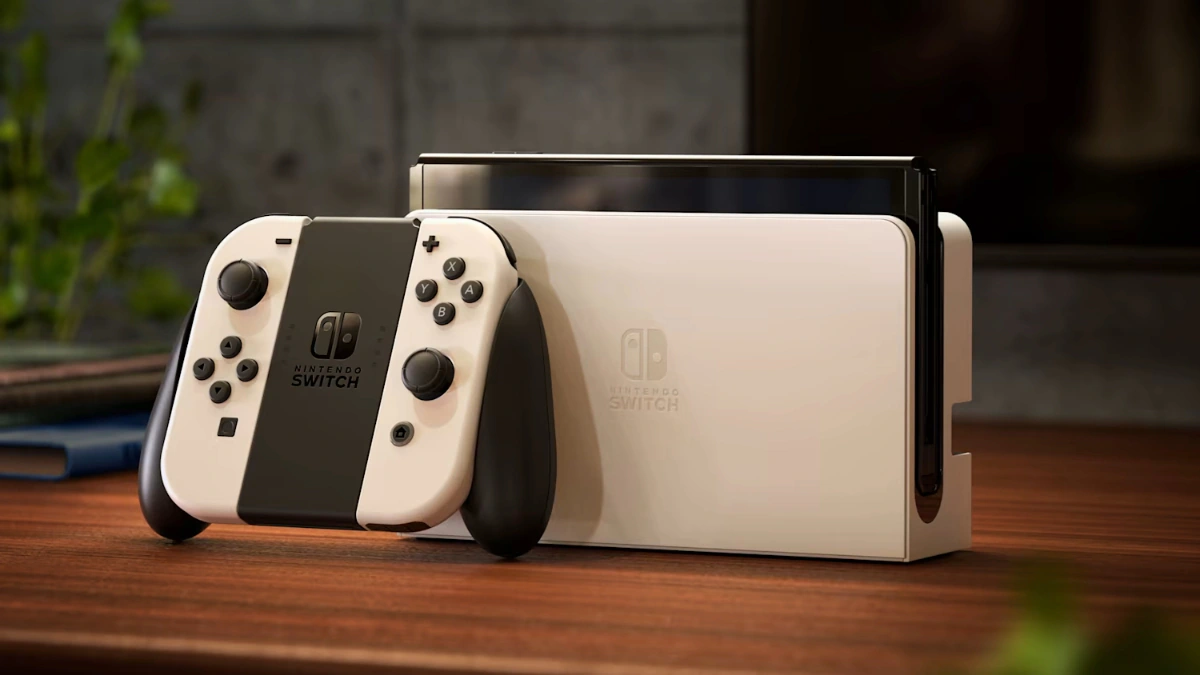The introduction of the Apple Vision Pro has been met with both excitement and concern as several units have developed an identical crack in the cover glass. This news has sparked a flurry of discussions among technology enthusiasts and users alike, raising questions about the durability and reliability of Apple’s latest mixed reality headset.
Key Highlights:
- The Apple Vision Pro features a design reminiscent of ski goggles, with a singular piece of laminated glass melded into an aluminum alloy frame.
- It boasts two micro-OLED displays, providing over 4K resolution to each eye, and utilizes a unique control system based on eye tracking, hand gestures, and voice commands.
- Despite its impressive technical specifications, there have been reports of identical cracks appearing in the cover glass of several units.
- The Vision Pro is positioned as a premium product with a starting price of $3,499, aimed at offering an immersive mixed reality experience.
Design and Features
The Apple Vision Pro stands out with its advanced design and features, aiming to merge the digital and physical worlds seamlessly. It incorporates a light seal that attaches magnetically to block out external light, ensuring an immersive experience. The headset is controlled through intuitive gestures, eye movements, and voice commands, eliminating the need for traditional controllers. Inside, it packs powerful Apple silicon chips, including the M2 and a new R1 chip, to handle the sophisticated demands of mixed reality content.
Market Position and Competition
Apple set a modest sales target for the Vision Pro amidst stiff competition from established players like Meta Quest. Initially, Apple aimed to sell 150,000 units, a significant reduction from their earlier one million units projection. This adjustment reflects the challenges Apple faces in penetrating the mixed reality market, dominated by more affordable alternatives like the Meta Quest 2, which has sold over 20 million units. The Vision Pro’s high price point and requirement for a separate battery pack contrast sharply with the Meta Quest 2’s more accessible pricing and integrated battery.
User Experiences and Concerns
Early adopters of the Vision Pro have shared mixed reviews. The device’s cutting-edge technology and hardware have been praised, but there are concerns about its practicality, comfort for extended use, and the recent reports of the cover glass cracking. These issues highlight the potential trade-offs users might face when adopting new technology at the forefront of innovation.
The investigation would focus on several aspects:
- The extent of the issue: Identifying how widespread the problem is among users and determining if it’s confined to specific batches or models.
- User experiences: Collecting firsthand accounts from users who have encountered this problem, including the circumstances under which the cracks developed.
- Apple’s response: Checking for any official statements, recall notices, or warranty service announcements from Apple addressing the crack issue.
The Apple Vision Pro represents a bold step into the future of mixed reality, offering unparalleled immersion and interactivity. However, the emergence of identical cracks in the cover glass of several units has cast a shadow over its debut. While the technical prowess of the Vision Pro is undeniable, its high price and the durability concerns may hinder its adoption among a broader audience. As Apple addresses these early challenges, the Vision Pro’s success will likely hinge on its ability to balance innovation with reliability and user comfort.

